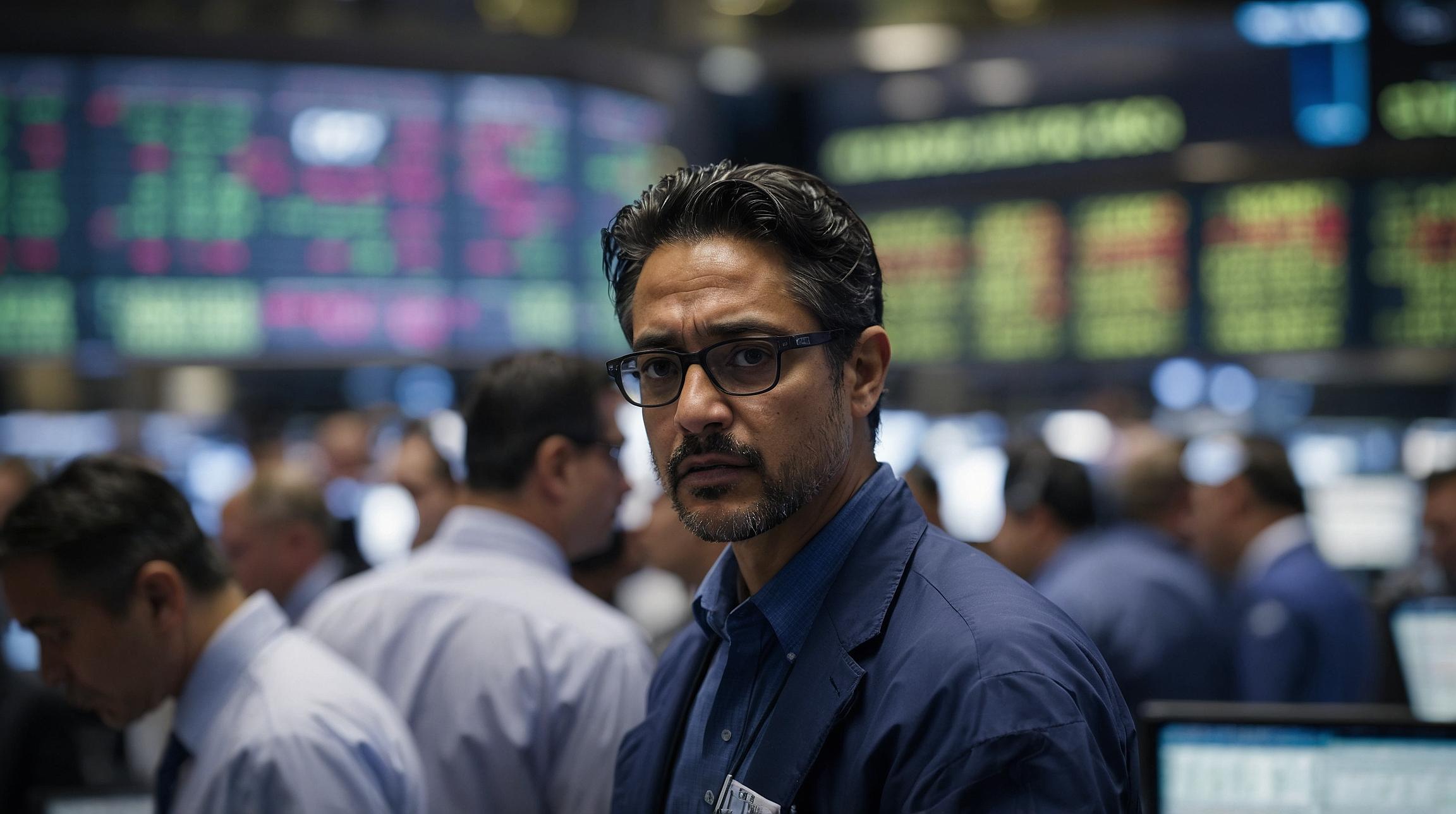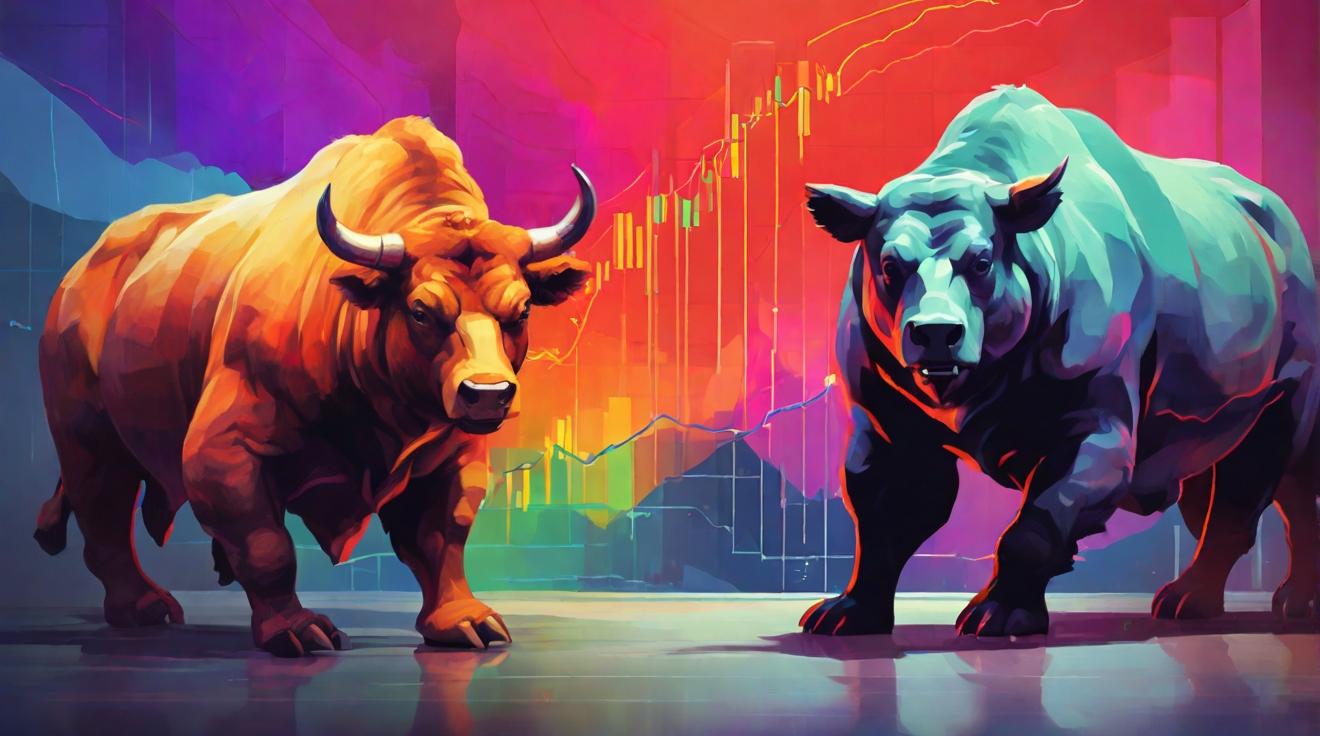Robinhood Gains After Confirmed Addition to S&P 500 Index
Shares of Robinhood surged more than 15% in midday trading on Monday following S&P Global’s announcement that the online brokerage will be added to the S&P 500 index. This marks the stock’s strongest one-day performance since early April and its third-best session in the past year.
Robinhood is set to replace Caesars Entertainment in the benchmark U.S. market index, with the change scheduled to take effect prior to the opening of trading on September 22. The decision concludes months of speculation regarding Robinhood’s potential inclusion.
S&P 500 Inclusion and Market Implications
Companies often compete for a position in the S&P 500 because inclusion can trigger significant trading activity, particularly from passive investment funds that track the index. These funds typically purchase large volumes of shares in the weeks following a stock’s addition, potentially boosting its price and liquidity.
Bank of America analyst Craig Siegenthaler noted last month that Robinhood was among the largest eligible companies for recent rebalancing events and index openings. The stock experienced a decline in June after missing out on the previous reshuffle, but CEO Vlad Tenev expressed cautious optimism about future inclusion at the company’s annual meeting that same month.
Stock Performance and Market Reaction
Despite the June setback, Robinhood’s shares have climbed more than 210% year-to-date. The stock has generally trended upward since its 2021 public debut, despite a market sell-off in 2022.
In addition to Robinhood, AppLovin was also announced as a new entrant to the S&P 500, with its shares gaining over 11% on Monday. Meanwhile, Caesars Entertainment and MarketAxess Holdings, the two companies being removed from the index, saw little change in their stock prices during the session.
FinOracleAI — Market View
Robinhood’s confirmed entry into the S&P 500 is likely to have a positive short-term impact on its stock, driven by anticipated increased demand from passive funds adjusting their portfolios. The inclusion signals renewed investor confidence and may attract further institutional interest. However, risks include potential volatility around the rebalancing date and broader market conditions. Monitoring trading volumes and price action leading up to and following September 22 will be crucial to assess sustained momentum.
Impact: positive













